TRACKING DOWN A HERO;
The story of
SGM James O. Schmidt

SGM James O. Schmidt receiving a medal in Vietnam in December 1964.
Editor’s note: This story by Jack and Gene Williams originally appeared in the December 2015 Sentinel.
In 2018, SGM Schmidt’s nearly 14-year-old grandson launched a Facebook letter-writing campaign as a birthday surprise for his grandfather, which included a link the Sentinel in which this story appeared. The post went viral, leading to a 2020 documentary film Grandpa’s War Story Goes #Viral about Schmidt’s military career. The documentary can be viewed at wwiifoundation.org or on Vimeo.
On June 11, 2020, Alaska Congressman Don Young recognized SGM Schmidt in the Congressional Record, so that future generations can learn of his service for years to come.
By Gene Williams and Jack Williams
In early June 2014 my wife and I boarded a flight from Washington DC to Seattle. Sitting on the aisle seat next to her was a huge white-haired older gentleman talking to a small dog. This was going to be an interesting flight, I thought. Little did I know just how interesting that flight would become.
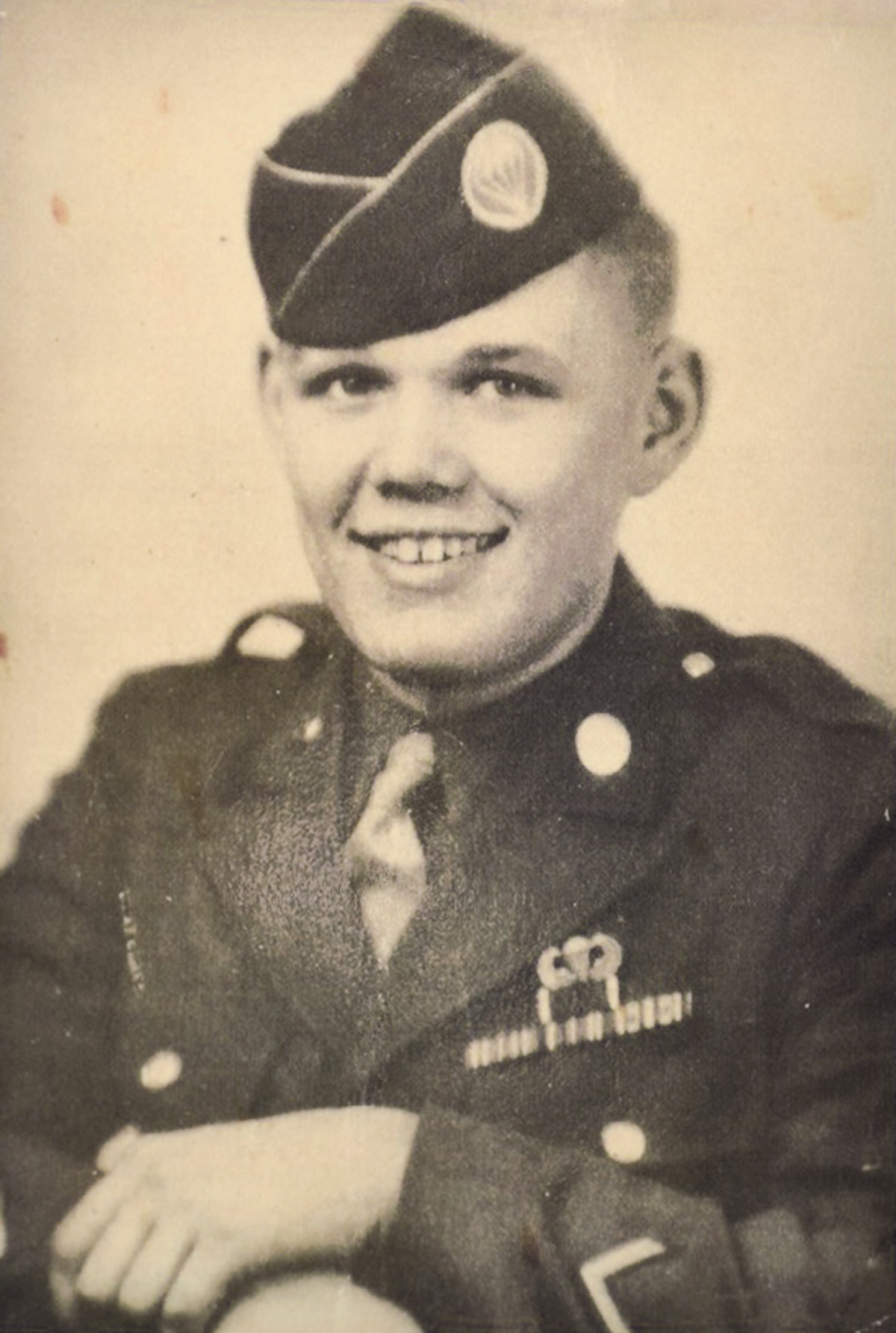
SGM Schmidt after combat jump into Sicily in WWII. (Courtesy James Schmidt)
After about two hours I noticed parachute wings tattooed on his right forearm. I leaned over and said “Airborne,” and began a conversation. Quietly he mentioned that he was a WWII (504th Parachute Infantry Regiment), Korea, Laos and Vietnam veteran. In other words he was there on the ground for the entire history of US Airborne in its finest hours, on virtually every battlefield.
He was traveling with a daughter from the Charlottesville, Virginia area to Anchorage where another daughter owned a couple of lodges along the Iditarod trail. By the time we landed I had gotten the gist of his service in the course of our extended conversation. As chance would have it, he had told the outlines of his life story to one of the few Americans who understood it in its entirety.
As we deplaned I asked his name; he said “Schmidt,” emphasizing that the family was Danish origin not German. I silently committed myself to learning more about who he was, obtaining the details of his apparently astonishing odyssey.
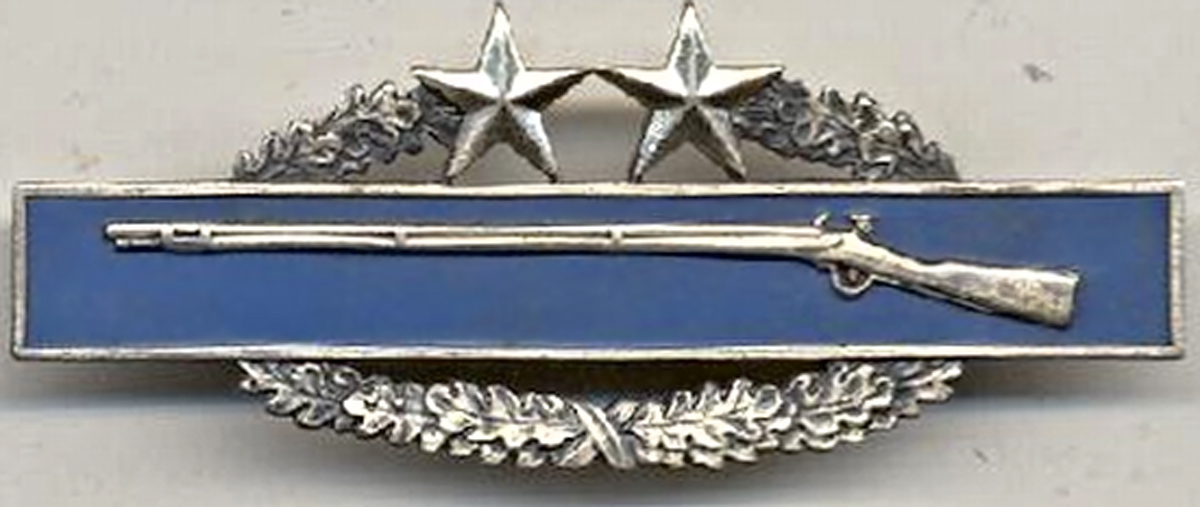
After a group discussion of what I knew of the remarkable history of this man, Lonny Holmes and Jack Williams enlisted for the search. Using the internet, we rapidly discovered that he was likely James O. Schmidt, Special Forces SGM retired holder of 3 CIB’s (one of 325 men so honored), 2 Silver Stars and many other decorations. His recounting of his service record was confirmed from numerous sites. Furthermore, he had been an early member of Special Forces Association (1987) but was believed to have died and was so reported in The Drop a few years ago. He story was true!! And his record was even more remarkable than his quiet account revealed. Not only was he SF in Laos and Vietnam, he had fought and survived Inchon, the Chosin Reservoir battle and retreat in Korea, and had jumped in Sicily and Salerno with the 504th in WWII.
We tracked down the daughter in Alaska, Katherine DeHoop and asked her to front for a request to interview the SGM. The proposal went dormant. He didn’t much like publicity. Then after a year shortly after Memorial Day 2015 Katherine gave us a phone number and said her father had consented to meet us. Lonny and Jack flew into Washington and on a Saturday in late July we drove down to Barboursville, Virginia and talked for three hours with the SGM and his charming wife of 60 years Peggy. Here is his story.
The SGM was a native of northern California. He turned 14 years old in the fall of 1941 and he was big for his age, 200 lbs, 6’ tall, Danish origin. As the great depression era had been hard on his family he developed a strong independent streak at an early age. So he left home to join the Civilian Conservation Corps (CCC) and was assigned to a CCC camp in southeastern North Carolina.
Then Pearl Harbor made the CCC irrelevant. As America geared up for total war, in January 1942 his CCC group was disbanded. He chose to enlist in the army and opted to join the new airborne unit. He recounted that this decision came after seeing a movie entitled Parachute Battalion starring Nancy Kelly, who he recalled as being one of the most beautiful women ever.

Well, there is no denying the power of a “training film” with beautiful movie stars on a 14 year old. In any case, that femme fatale heroine did the US a favor when she influenced Schmidt to enlist in the paratroops. (By the way, to this day SGM Schmidt believes the female heroine of the movie to have been Veronica Lake, another beautiful star of the period. But the advantage to the information age is that today such things can be checked….)
When he was assigned to the 504th PIR at Ft. Bragg he was all of 14 years. He had lied about his age in the baldest faced manner, and the Army bought the story because of his size. After training, in June 1943 the 504th sailed for North Africa and was based near Tunis, which had fallen to the British and to General Patton shortly before.
Then in July 1943 he jumped with the 504th into Sicily. The unit was scattered but he landed with his mortar platoon relatively intact. During a German counter-attack he was wounded in the hand but helped repel the German armor. He recalls the resupply flights coming in the following night some of which were shot up by the American fleet as they passed inland.

SGM Schmidt at left. Photo during World War II. Note CIB, so after Combat Jump into Sicily.
In October 1943 he went into Salerno; his battalion of the 504th jumped onto US lines to hold a German counter-attack while others were sent into the beachhead by landing craft.
In the meantime, however, his mother had been informed of his wound in Sicily. She wrote an angry letter to President Roosevelt informing him that she didn’t mind that her husband was in the Army… but it was a bit much that her “15 year old son was fighting in Europe, lying wounded and untended in a Sicily field” (mothers will do this kind of thing you know).

SGM Schmidt’s FATHER circa World War II
The long arm of the “Ma” started the wheels of U. S. Army rolling in their ponderous way until at last the great hand of the bureaucracy reached down and plucked Schmidt from the front lines north of Naples. Shortly before he turned 16 he was booted out of the Army because of his age and sent home aboard ship.
Well, that wasn’t going to be the end of it. Now 16, upon arriving back in the U.S. Schmidt took a discharge bonus and three weeks off. Then in December 1943, he joined the Navy, went through training and went to sea in a destroyer, only to suffer a similar fate six months later when news of his age caught up with him. So at the age of 16, Schmidt was not only an airborne combat veteran, but had also earned the unique distinction of having been kicked out of both the Army and Navy … surely a rare record.
Having been excluded from further WWII combat, he signed on with the Merchant Marine where he served on an ammo resupply ship sailing the Atlantic amidst the U-boat menace for the remainder of the war in the European Theater. Finally, he reenlisted on June 3, 1946, which was 8 months after his 18 birthday, following his release from the Merchant Marine. He was awarded the rank of Sgt E-5 and was assigned to the 508th PIR in Germany that same month. He returned with that regiment to the USA when it was de-mobilized in the fall of 1946.
He was then sent to the 187th PIR in Japan where he remained until the outbreak of the Korean War.

31st Infantry Regiment (“the Polar Bears”) of the 7th Infantry Division distinctive unit insignia.
In the summer 1950 as North Korean Army surged south to the Pusan perimeter, the Army pulled every NCO in Japan they could get their hands on to put into the fray. He was assigned to the 31st Infantry Regiment (“the Polar Bears”) of the 7th Infantry Division where he trained South Korean troops attached to the regiment. His regiment was then committed to combat during the Inchon landing. After weeks in the line, his division was assigned to the X Corp.
In October 1950 as MacArthur led the United Nations forces north of the 38th parallel to the Yalu, the 7th ID was landed at Iwon in North Korea as part of the X Corp invasion which included the Marines. The U.N. forces spread out to chase remnants of the North Koreans northward, 7th Division advancing to the east of the Chosin Reservoir, Marines to the west. With the rear area command out of touch with the front but demanding “full pursuit,” the 31st Regiment moved out as part of what became “Task Force Faith,” unaware of the huge Chinese Army infiltration in front of them.
31st IR was further advanced and isolated from the 1st Marine Division by the frozen Chosin Reservoir when the storm broke. For three days Task Force Faith fought encirclement and tried to break out east of the Reservoir, but the 3,000 man task force was shattered and overrun. The survivors retreated across the ice to join the Marine column which then fought its way south from point to point … the famous “attacking in another direction” march in the dead of winter.
During the retreat Schmidt broke his shoulder in a truck wreck during shelling and couldn’t hold a weapon. Despite the wound, he led a desperate attack that captured a key hill on the flank of the march to Koto Ri and was awarded the Silver Star. He and the remains of the 31st IR and the 1st Marine Division fought their way back to the coast and were evacuated on 15 December 1950.
The SGM served in various airborne and armored units throughout the 50s. He said he had heard rumors about the formation of Special Forces and had tried to join in 1954 when the embryo SF unit was being organized. But he was sent instead to various armored units being built up in the Ft. Hood area for deployment to Germany in the face of the Soviet threat.
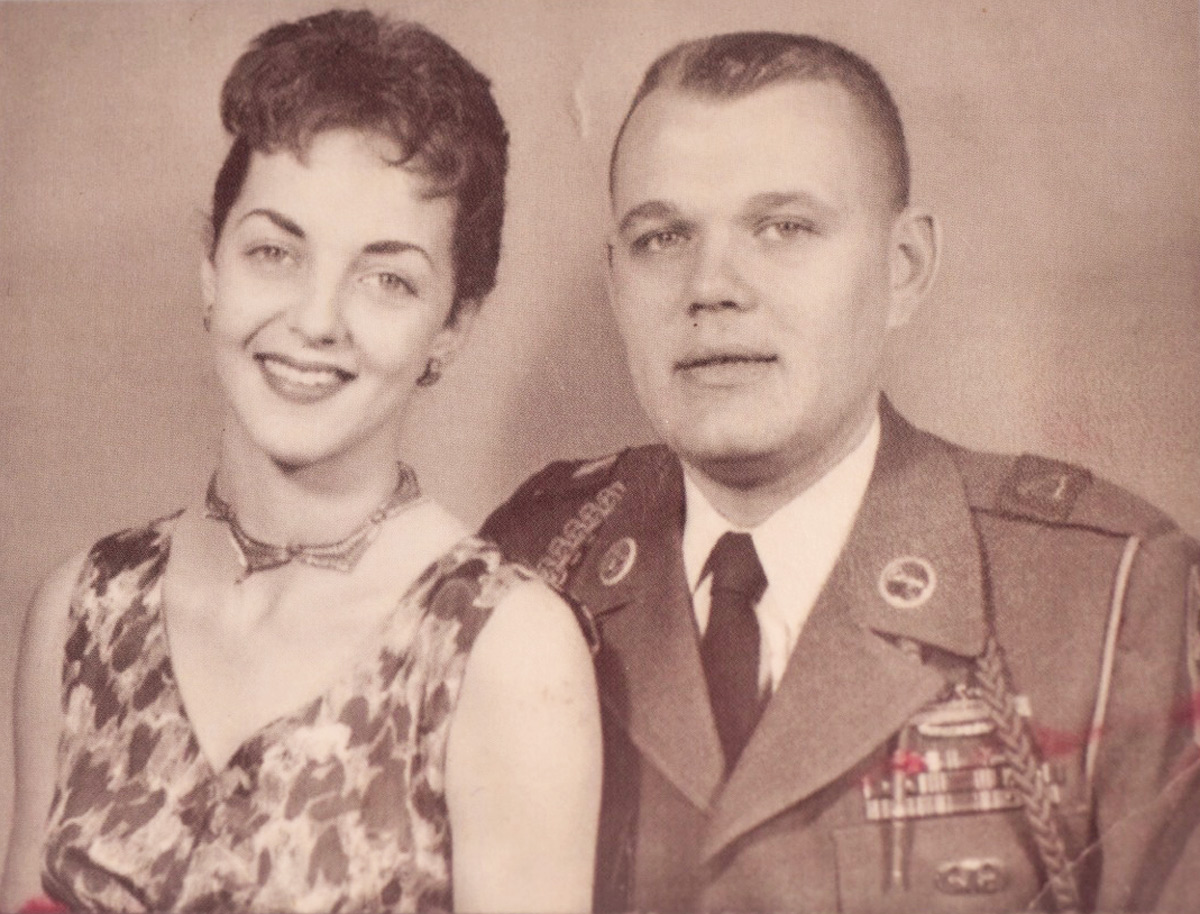
SGM Schmidt and wife, Peggy, circa 1956
Finally SGM could stand “straight leg” organizations no longer, and in 1961 he was accepted into Special Forces. Now Master Sergeant Schmidt was assigned to Headquarters & Hq Company 7th Special Forces Group (Airborne) on 13 July 1961 for Special Forces Training. Upon completion he was assigned to Company B and then reassigned to C Company, 7th SFG(A). On 22 January 1962 he began mission training for Southeast Asia.
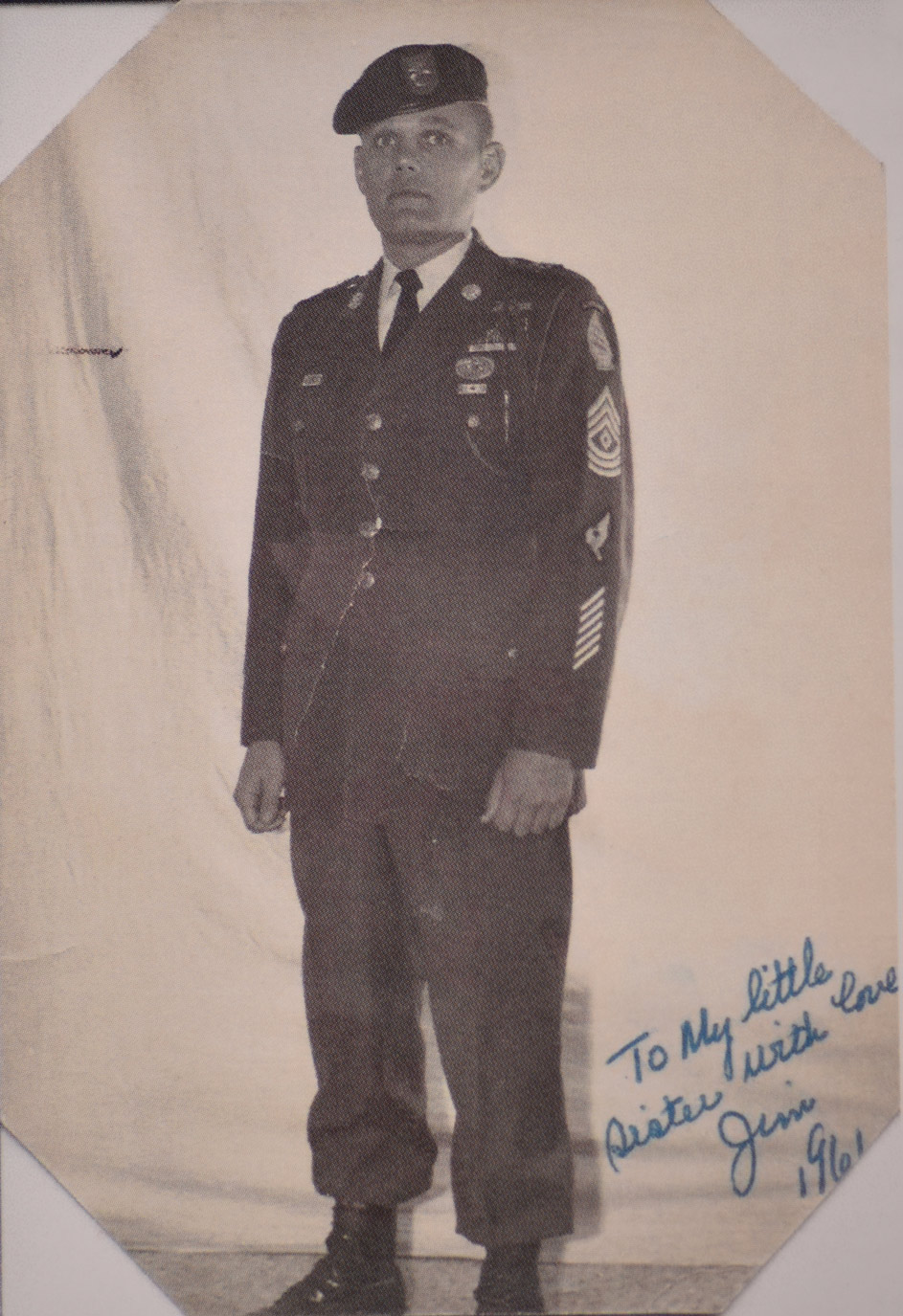
SGM Schmidt circa 1961
In the spring of 1962 MSG Schmidt was deployed to Laos and assigned to Field Training Team 45 commanded by CPT Gerald Kilburn, as the Team Sergeant. This “White Star Team” was located in the Pak Se area of Laos and as part of the “White Star” mission, was charged with raising local forces to confront the Communist Pathet Lao guerrillas.
When White Star Team 45 became operational it was split into two six man teams and 1st Lt Herbert Johnson and MSG Schmidt became the operational leaders of White Star MTT 48. MTT 48 SF team members recruited, organized, and trained two companies of Kha Montagnard tribesman. In the thick jungle they constructed a base camp, helicopter landing zone, known-distance rifle range, and later assumed control of three more companies of Kha indigenous soldiers. During the operation phase MSG Schmidt planned patrols and advised the Kha commanders.
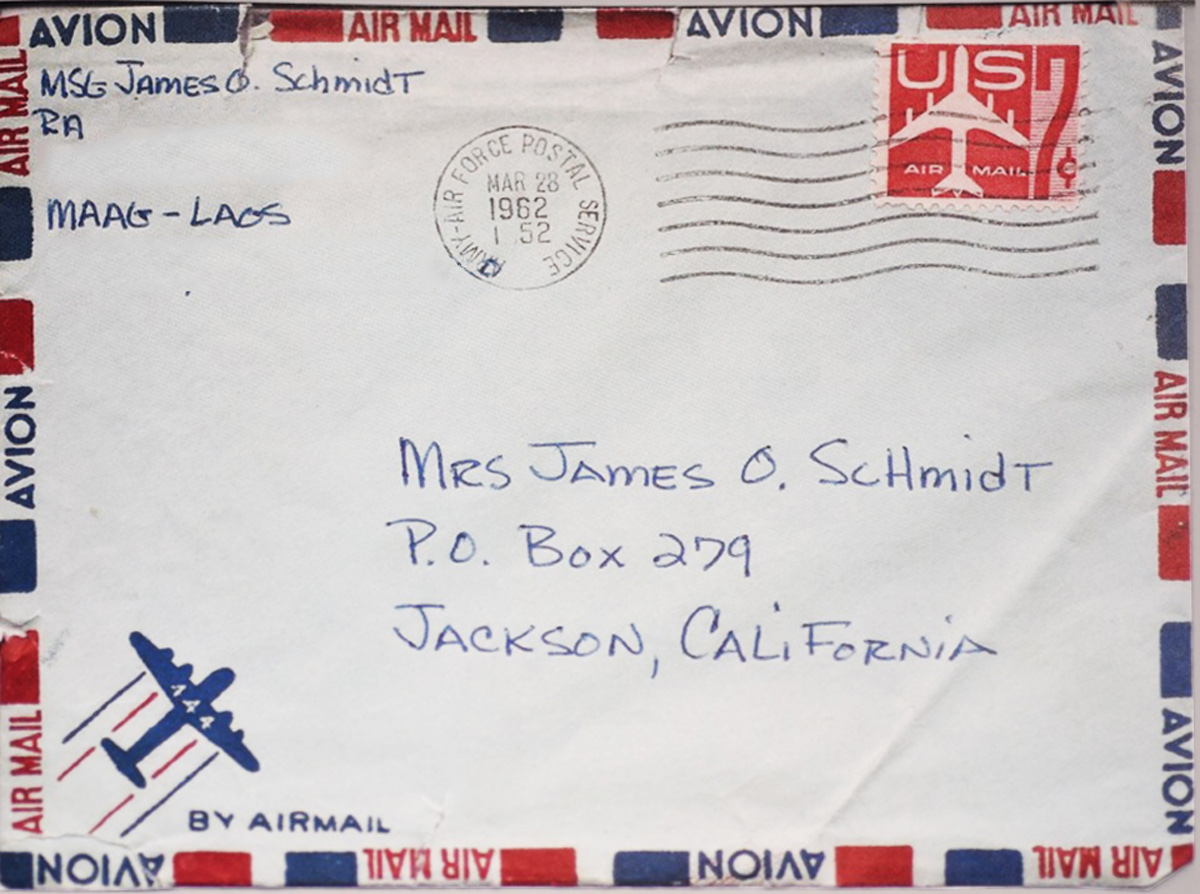
A letter home from Laos, March 28, 1962
Of course as part of his SF duties, he also accompanied patrols to “advise and assist” the indigenous commanders. “On one occasion a patrol he was advising was ambushed by the Communist Pathet Lao Guerrillas and the Kha commander temporally lost control. MSG Schmidt exposed himself to the Pathet Lao weapons fire, silenced a machine-gun with a hand grenade and took control of the patrol and affected an orderly withdrawal.” Thus MSG James O. Schmidt was in combat in his third war. He was subsequently presented a Third Award of the Combat Infantry Badge for his actions in Laos, and was later awarded a second Silver Star.
He remained with the 7th SFG thru Mobile Field Training Team postings in Laos until reassiged to Vietnam. During the interview he was asked about some specific bars in Vientiane that were well known haunts of SF troopers during White Star. He denied knowing about them and said he didn’t frequent such places … to which his beautiful wife Peggy sniffed and said that “he probably has his picture still on the wall in all of them.”
He was SGM of all scattered 7th Special Forces A Teams serving in Vietnam from December, 1963 until he transferred to the 5th Special Forces Group (Airborne) on 21 January 1964. He became CSM of 5th SFG Provisional from 1 June 1964 to 1 October 1964 when the entire 5th Group officially relocated to Vietnam. He departed Vietnam in January 1965 and returned to the 7th SFG at Ft. Bragg.
There, he tried mightily to get back into action; but the bureaucracy decided to sideline him as recruiter, and he opted to retire. But his retirement from SE Asia was in name only for a while. He spent a couple of years in Air America in Vietnam 1965-67 working to supply the forces of good before returning to the USA and resuming civilian life in Northern California.
The story is an amazing one… from the time he was 14 to the present he represents the spirit of American Airborne. Sicily, Salerno, the frozen Chosin, White-Star, Vietnam: these names form a chain of historical military geography and a roll call of valor and commitment. He is the epitome of what Special Forces represents — a unique fighting man who has done his family, Special Forces, and his country proud.
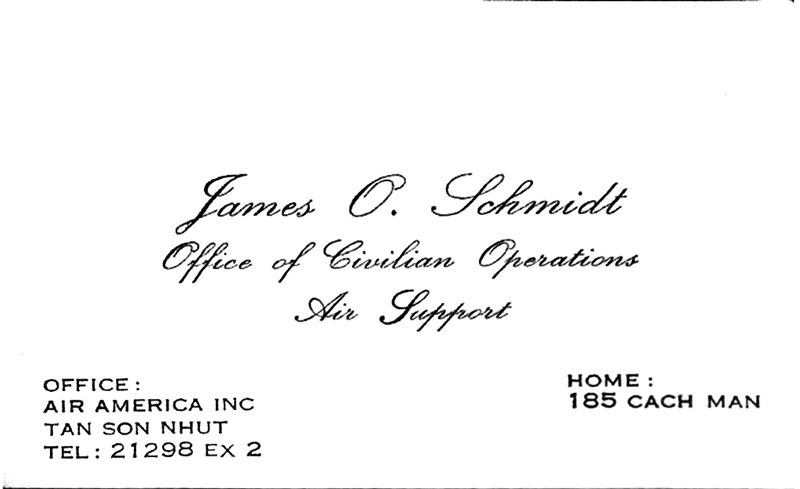
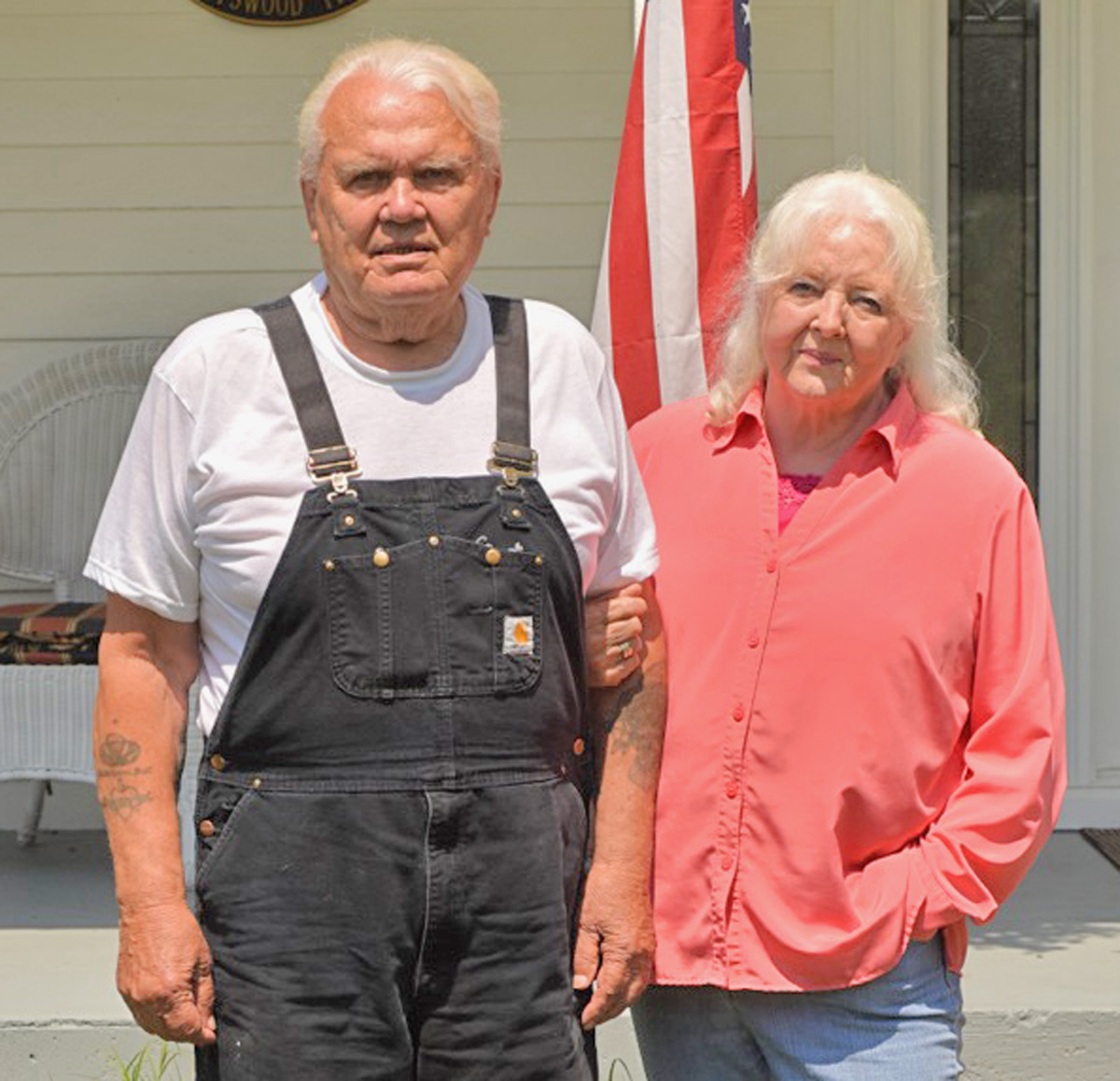
SGM James O. Schmidt and Peggy. Note Airborne tattoos on right arm.(Photo by Lonny Holmes, August 2015)
SGM JAMES O. SCHMIDT
AWARDS AND DECORATIONS*
Silver Star with 1 Oak Leaf Cluster
Bronze Star Medal with 2 Oak Leaf Clusters
Purple Heart Medal with 1 Oak Leaf Cluster
Air Medal with 1 Oak Leaf Cluster
Army Commendation Medal with 2 Oak Leaf Clusters
Good Conduct Medal with 4 Loops
American Campaign Medal
European-Africa-Middle Eastern Campaign Medal
World War II Victory Medal
Army of Occupation Medal with Germany & Japan Clasp
National Defense Service Medal with one Bronze Star
Armed Forces Expeditionary Medal
Combat Infantry Badge 3rd Award
Expert Badge with Rifle
Parachutist Badge-Master
Presidential Unit Citation
Republic of Vietnam Campaign Medal with 1960 Device
Republic of Vietnam Gallantry Cross with Unit Palm Citation
*From the records of National Personnel Records Center, St. Louis, Steve Sherman, Radex Press, SFA National Office and personal records of SGM Schmidt

After the interview — left to right, Gene Williams, SGM James O. Schmidt, Peggy Schmidt, Jack Williams. Photo by Lonny Holmes, August 2015
ABOUT THE AUTHORS — Twin brothers Gene and Jack Williams, pictured above with SGM James O. Schmidt and his wife Peggy, come from a military family with a history dating back to the War of 1812. Their father, Lt. Gene Williams was a Pathfinder in the 82nd Airborne Division, 508th PIR and jumped into Normandy on D-Day. Unfortunately he was killed in action on June 20, 1944, before he could receive the message that he was the father of twin sons.
Gene and Jack both served in 5th Special Forces Group (Airborne), Vietnam in the 1960s as commo men; Gene at Ban Don in 1966, then as a MACV-SOG 1-0 of RT Delaware at FOB 2 in Kontum in 1968, and Jack at Ben Het and Dak To in II Corps in 1968.
Friends of former Sentinel editor Lonny Holmes since their days at Fort Bragg. N.C., in late 1965-1966, both Gene and Jack have been significant past contributors to the Sentinel.
- July 2014 — “The Vietnam Randall” by Jack Williams
- February 2015 — “AN/GRC-109: The First True Special Forces Radio” by Gene Williams
- December 2015 — “Tracking Down a Hero; The Story of SGM James O. Schmidt” by Gene and Jack Williams
- April 2017 — “The Last Pathfinder Company is History: Long Live History!” by Jack Williams
- August 2019 — “D-Day 75th Anniversary: A Normandy Experience” by Jack Williams

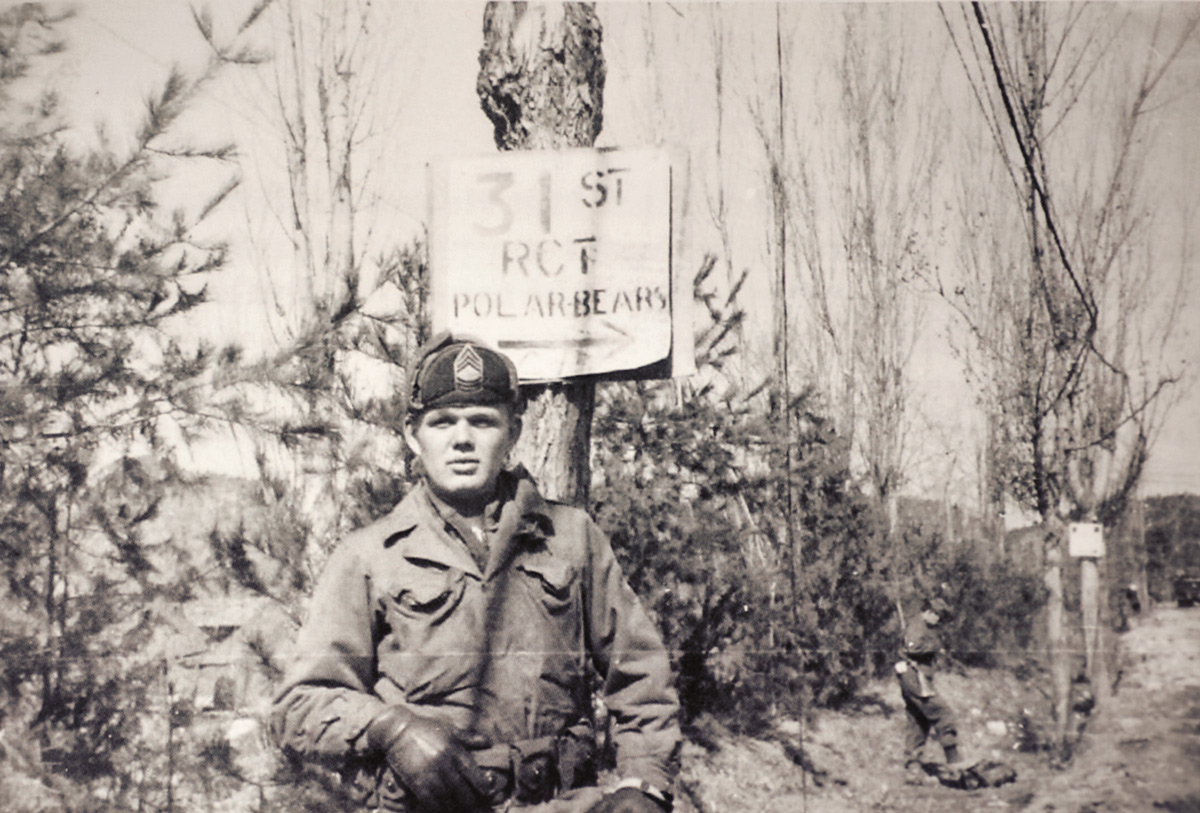
Amazing story of an amazing hero! i am surprised that he did not receive a medal for his korean War service.
Wow, what a story! True hero! God Bless !